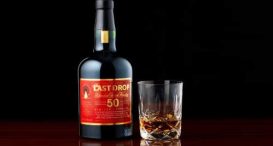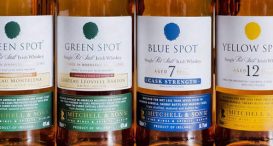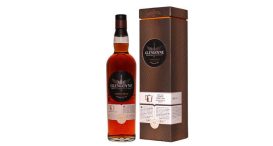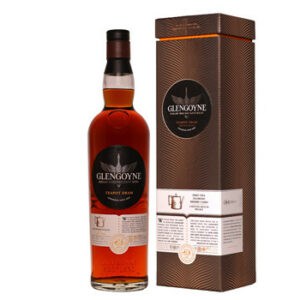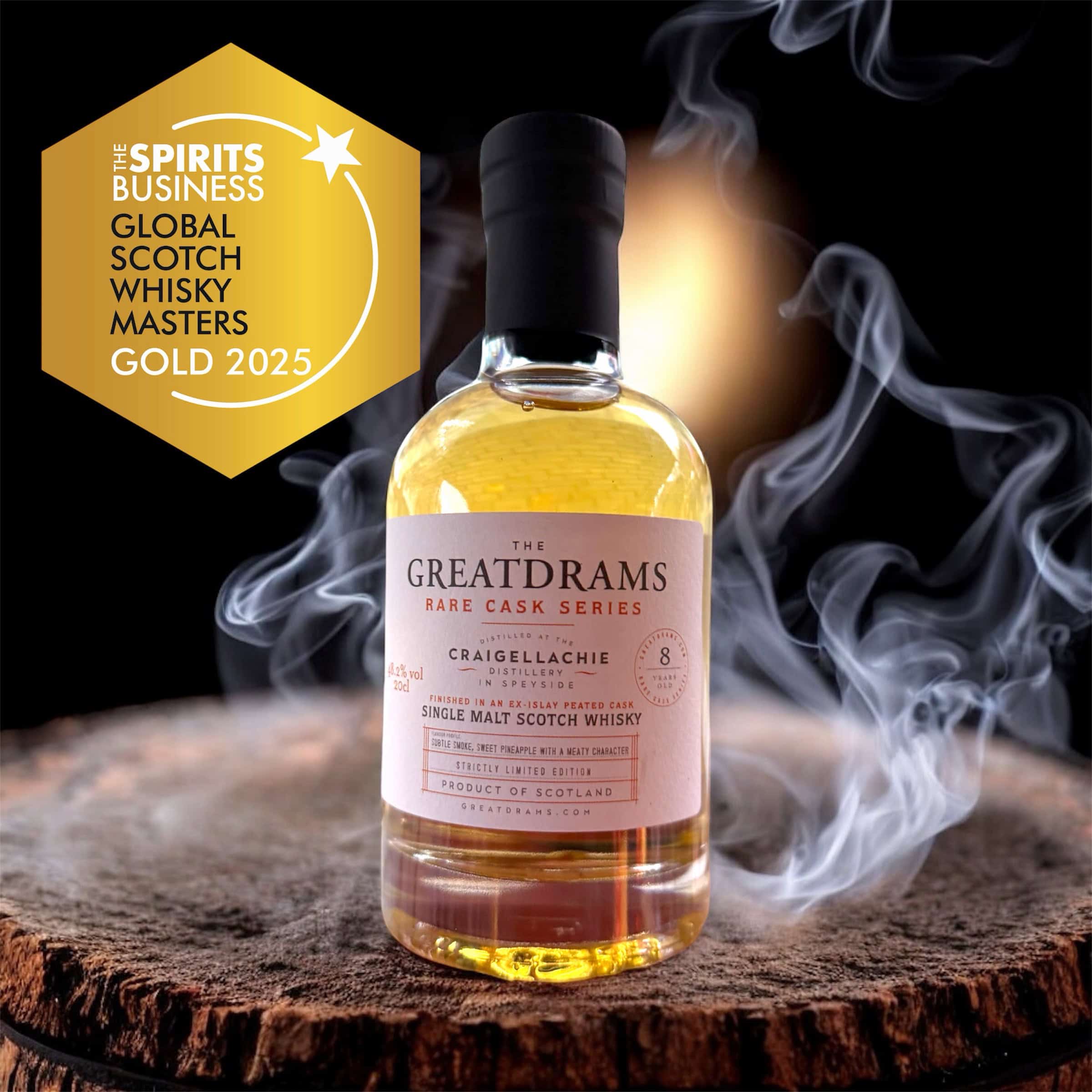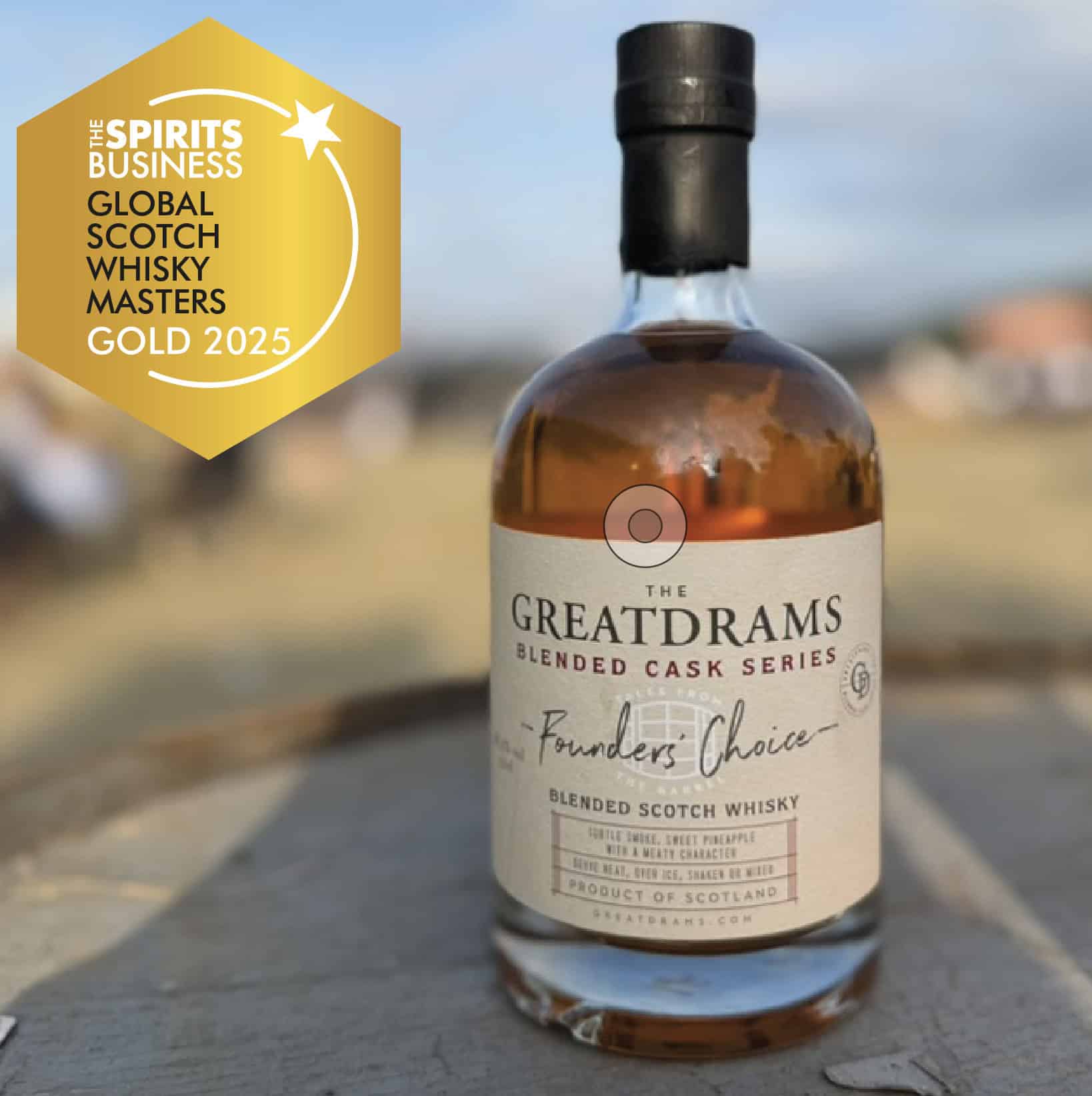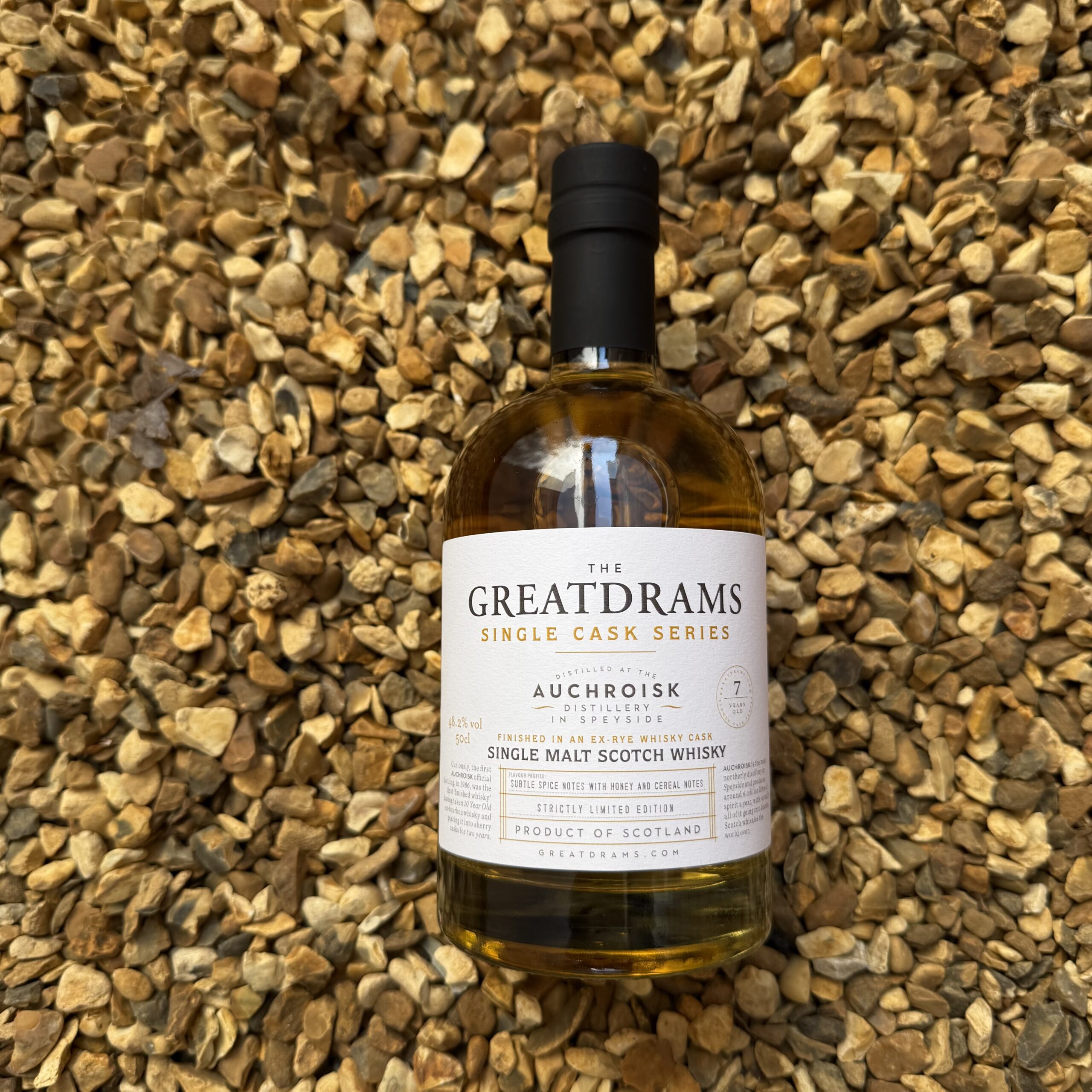Getting Rummy in Central America
let’s begin
Flying into Guatemala City three weeks ago, informed by my mother that it has one of the highest violent crime rates in Latin America, I imagined I wouldn’t be getting frisky with cocktails all that often.
But when my Guatemalan host called Carlos picked me up from the airport complete with a pug and an insistence that we would be going to get free beers at an art exhibition in the city at 10pm, I realised my tee-total resolve wasn’t for keeps.
After being awake for 24 hours, staring at a life size statue of a naked, female, Jesus being crucified by butterflies was certainly a story for the grandkids. Even if the barbed wire and blacked out windows suggested offspring was an optimistic goal at this point. I gathered that a tour the alcoholic fares of Guatemala City probably wasn’t wise.
Carlos, on the other hand, thought it was time to go to another bar.
Our driver disagreed, which meant that Carlos and I had the pleasure of walking 4 blocks home, in a city where even the gangs think that’s stupid.
Thanks to Carlos though, I can confirm that both Gallo and Cerveza Cabro are beers that any globetrotter should feel obliged to tick off their map…albeit purely because they were wet and cold.
Sadly I left Carlos after one brief night in his hostel. I reckoned any more than that would have led to some kind of cult induction, albeit a party one led by a pug.
For me, Guatemala really got started when the rum came out.
I studied Spanish in the Western Highlands for a week, and it turns out that this city of cloud forests fringed by volcanic silhouettes is home to Zacapa rum’s ageing factory.
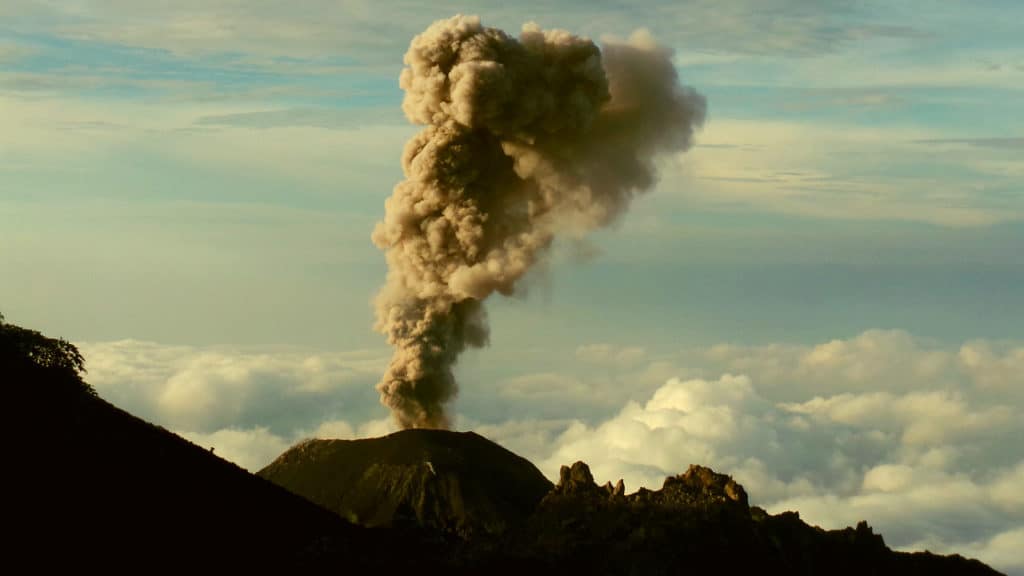
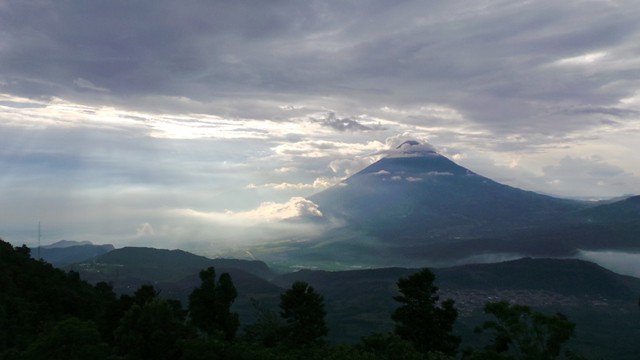
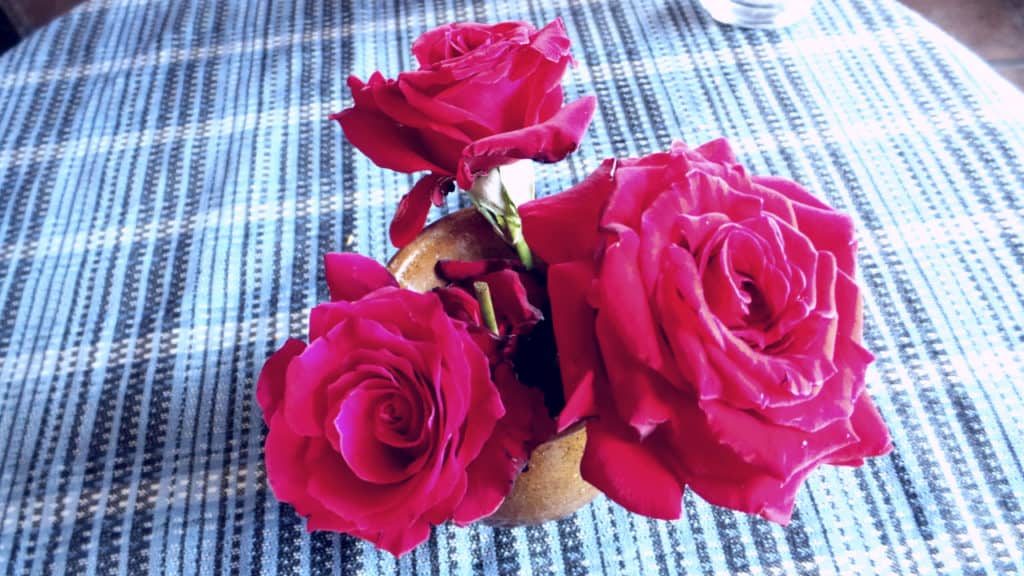
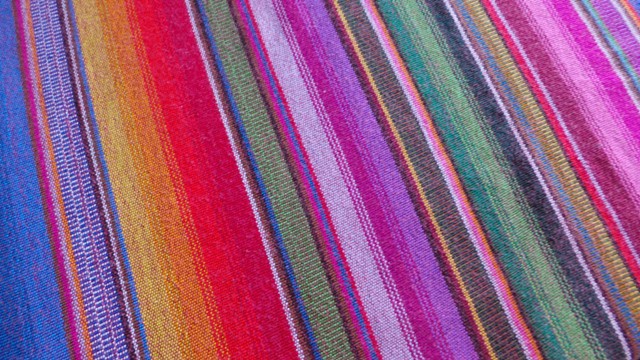
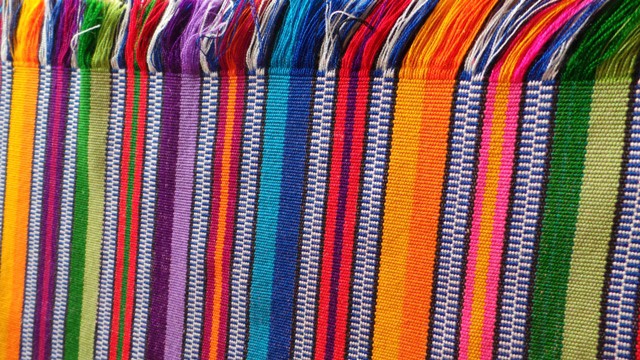
In the Central American planes of sugarcane, cocoa and sweet tamarind spice, it is no surprise that rum rules the roost of Guatemala and Belize’s sweet tooths.
Devastatingly, the rum factory wasn’t something which I discovered until the day I was leaving, when a man walking me up a volcano (I asked him to do this), told me all about it.
Ron Zacapa rum couldn’t have happened without the union of the Botran and Requejo families in the early 20th century, but it wasn’t until 1976, at the 100th anniversary of the Guatemalan town by the same name, that Zacapa was born.
The range includes the Zacapa Centenario 15, Zacapa Centenario 23, Zacapa Centenario 23 Cask Strength, Zacapa 23 Etiqueta Negra, Zacapa Centenario XO and the Zacapa Centenario 30 Aniversario.
Despite being clued up on the history, I had to wait until I reached Lanquin, in the Central Highlands of Guatemala, where I befriended a lovely local bartender who fixed me up a Ron Zacapa Centenario 23 with tamarind.
This rum is an indulgent nectar by trade, taste and texture, cloying in your throat with the slight relief of a spice. Woody hums of oak marry with vanilla, dried fruit, and quiet hints of liquorice to form a sultry syrup best sipped on a jungle riverbank. Zacapa is made from the sweetest crushed virgin sugar cane, honey, and pure mountain water collected from Quetzaltenango’s springs.
As much as many rum connoisseurs might shoot me; a great backpacker alternative is Quetzalteca Tamarinda. Coming in various flavours, this hibiscus infused local liquour is honey-sweet and cheap as chips. A viable back-up, if you’ve spent all your money on caving and Cabro.
Back to the real stuff, the sweetness of Zacapa is in part due to the Solera ageing process. The Solera system is a complex thing to get your head around, but it is essentially a set of barrels containing rum (or sherry, if you’re in Spain) of the same type but different ages. The barrels are stacked on top of each other in a pyramid formation, with the oldest liquid at the bottom and the youngest on top.
Fractional blending can then take place, where a little of the oldest rum in the bottom barrel is removed and bottled. The barrel is filled up with the next oldest rum, from the barrel above. The process continues until the barrel on top with the youngest rum needs to be filled with fresh new rum. The ‘criaderas’ are the barrels containing the younger rums, and the amount of time the rum is left to age is dependent on the desired blend. Admittedly, in the frantic and modern world, only a small part of Zacapa’s rums are aged in this way. But a rum pyramid still sounds pretty impressive.
You can read more about the specific Zacapa solera system here; http://www.refinedvices.com/ron-zacapa-part-ii-solera-system-explained
The rum fun continued as I crossed the border to Belize and ventured into Caribbean realms. Rum roots itself in the daily conversation here, often cropping up in the first few phrases you exchange with strangers. A Creole lilt says rum in such a way it’s rude to say no. As I made the wise decision of visiting the islands in hurricane season, the rainy day rum-drinking attitude was in particularly strong swing. Rum punch became brunch.
You can’t leave or enter any island without trying the classic rum punch, but boy does it pack one of those. Instead, I’d advise the coconut rum. Paired with pineapple juice, the fusion of coconut palm and molasses snapshot escapism. But locals will often mix their own rum bitters, complete with medicinal herbs and roots, whilst coconut water is a mellow alternative mixer. Travellers Liquors Ltd seems to dominate rum production in Belize, having kickstarted as a bar called ‘Travellers’ in Belize City back in the 1950s. Their pirate ship logo is strangely reassuring of their spirits’ quality.
What is perhaps most important about the rum in this part of the world however, is that it is best consumed with locals. Chink your glass with them, listen to their stories, and it might just make your next rum in London feel a little more authentic.



